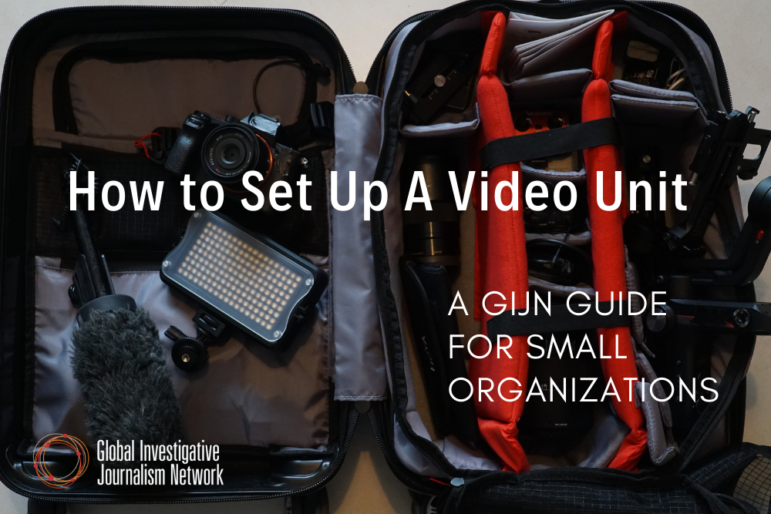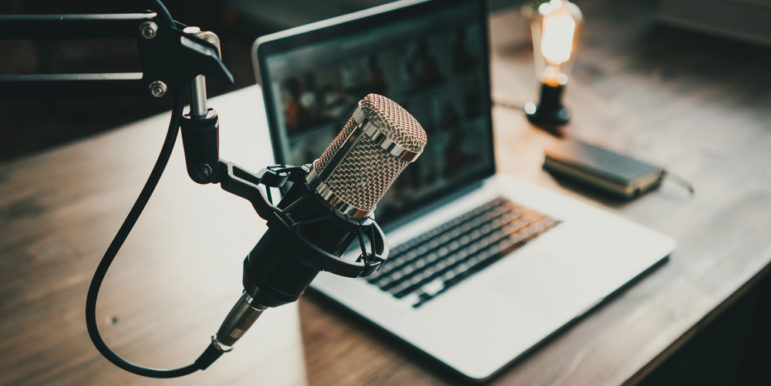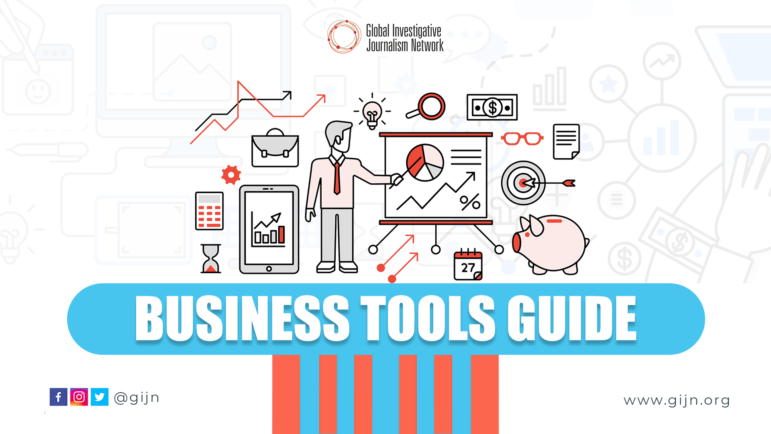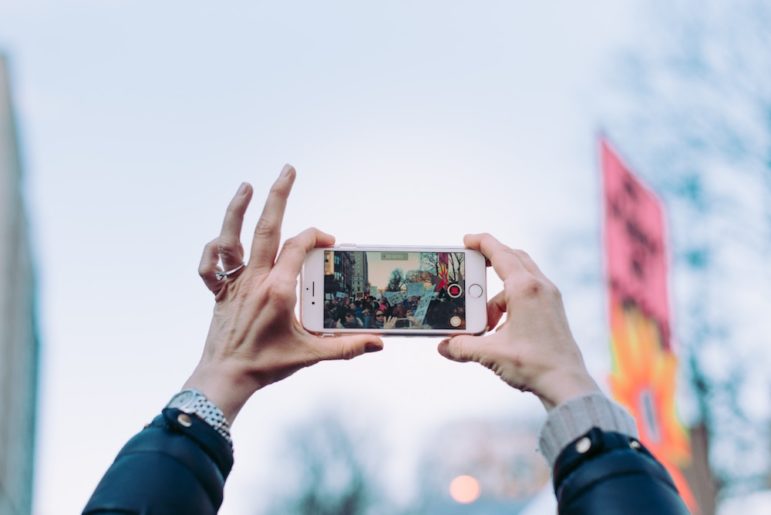

Mobile Journalism Guide: How To Get Your Mojo Workin’
Read this article in
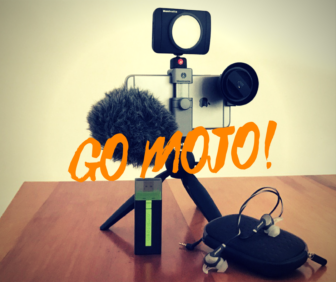 COVID-19 Update: Reporting during the pandemic poses some new risks. Here are some relevant resources.
COVID-19 Update: Reporting during the pandemic poses some new risks. Here are some relevant resources.
Marc Settle, a BBC Academy smartphone trainer, prepared this article: Coronavirus’ impact on mobile journalism
Nico Piro, mobile journalism trainer and special correspondent at Italy’s RAI, shared lessons here: Lessons from Italy: best practices for field reporting during the coronavirus lockdown
Mojo stories from six finalists in the Mobile Journalism Challenge. Lebanese-based Nisrine Ajab won the Thomson Foundation mobile journalism challenge.
Remote video interviews: All you need to know, by Alan Haburchak, covers “a few simple, inexpensive technical methods to facilitate and capture remote interviews between reporters and their subjects.”
Mojo Workin’
Mojo Workin’ is a GIJN column about creating stories using mobile devices.
Our expert is Ivo Burum, an Australian-based journalist and award-winning television, writer, director, executive producer with more than 30 years of experience. Burum has been a regular speaker at GIJN conferences and runs a website, SmartMojo.
How to Take Better Images on Your Smartphone is Burum’s close look in 2021 at the features of the ordinary iPhone camera.
At GIJN’s 2019 conference, Burum presented MOJO Unpacked – the 20 Most Asked Questions.
GIJN regularly publishes Burum’s columns and tipsheets, collected here. A useful starting point is his “Essential Tools” piece below.
Mojo Workin’: Choosing Your New Mojo Smartphone (Feb 11, 2019)
Mojo Workin’: Developing And Producing on a Smart Phone (Part 1) This column includes tips on developing your story idea and sharpening your focus on story structure, character and shots coverage (также на русском). (June 4, 2018)
MoJo Workin’: Developing and Producing on a Smart Phone (Part 2) Burum focuses on equipment, coverage and audio perspective (также на русском). (June 5, 2018)
At GIJC17, he presented Guerilla Mojo.
Mojo Workin’ — Essential Mobile Journalism Tools (также на русском) (April 11, 2017)
Mojo Workin’: Recording Audio on a Smartphone (также на русском) (June 6, 2017)
Mojo Workin’: Editing on a Smartphone (также на русском) (Aug 8, 2017)
Also, for a nice overview, take a look to Ivo’s tipsheet from his workshop at IJAsia 16.
Other Resources
The Mobile Journalism Manual was produced by a team led by the Konrad-Adenauer-Foundation’s Media Programme Asia. Chapters cover apps and equipment, “going live,” and more. French
Six must-have apps for mobile journalists described by freelance journalist and trainer Bernhard Lill at Mojofest 2019.
Smartphone Journalism by the BBC Academy includes a variety of instruction videos, including on shooting, audio and editing,
#mojofest community Where the global Mojo Community meet and share A Facebook page by Glen Mulcahy after organizing the first Mojocon Mobile Journalism conference in Dublin in 2015.
“Mobile journalism workflow: how to make quality content go further” This 2019 article in journalism.co.uk describes how Dutch broadcaster Omrop Fryslân has trained all of its reporters in mobile journalism and draws from an internal handbook created by mobile journalist Wytse Vellinga which guides his colleagues step-by-step through making content go as far as possible.
Four non-mojo apps essential for mobile journalism This 2019 article by Daniel Green in journalism.co.uk discusses Evernote, iHandy Level, PromptSmart, and Google Photos.
What iPhone do you need for your mobile reporting? A 2019 article by Jacob Granger in journalism.co.uk.
7 photo editing apps for mobile journalists Advice in 2020 from Katy Podkovyroff Lewis.
In addition, see a lengthy list of tools showcased by Mike Reilley and Victor Hernandez at EIJ17.
Check out the tipsheet by Seamus Reynolds from the African Investigative Journalism Conference 2016. It includes many suggestions, a discussion of video journalism, other resources and people to follow on Twitter.
9 Types of Visual Storytelling on Mobile, by Emma-Leena Ovaskainen, a visual journalist for Finland’s biggest daily newspaper Helsingin Sanomat.
Also see 5 iOS apps for creative mobile storytelling, by Marc Settle, smartphone trainer at BBC Academy, who listed some of his go-to apps, as well as some of his new finds in a March 2018 post for Journalism.co.uk. Read a companion interview with Settle. In September of 2018, Settle was interviewed by BBC Academy about iOS 12, particularly the new features which will be of most use to journalists.
Offerings at IJNet include 3 mobile video editing apps to try in 2018 and How to experiment in a new medium: The rookie mobile journalist.
Also see resources on mobile journalism on Journalist’s Tool Box.
“Seven Lessons Learned in a Year Teaching Mobile Journalism,” was written by Corinne Podger after teaching the subject at Australia’s Macleay College.
How to produce a 360 story with your mobile phone, was written by Marcus Bösch, co-founder of VR/AR Studio Vragments.
An eight-minute video by mobile journalism expert, Glen Mulcahy, a trainer for Thomson Foundation.

